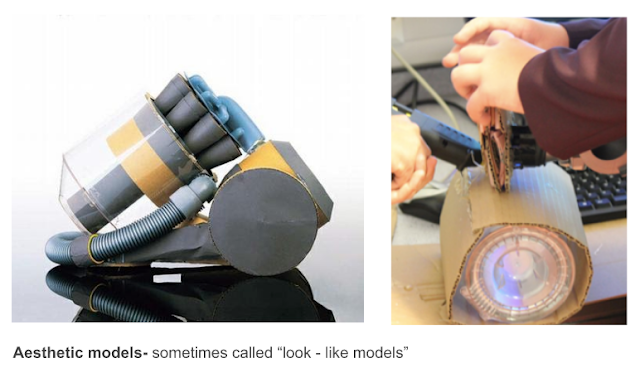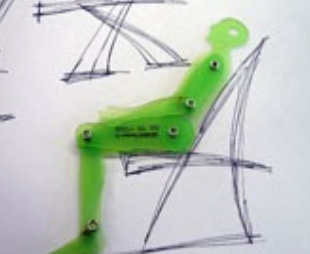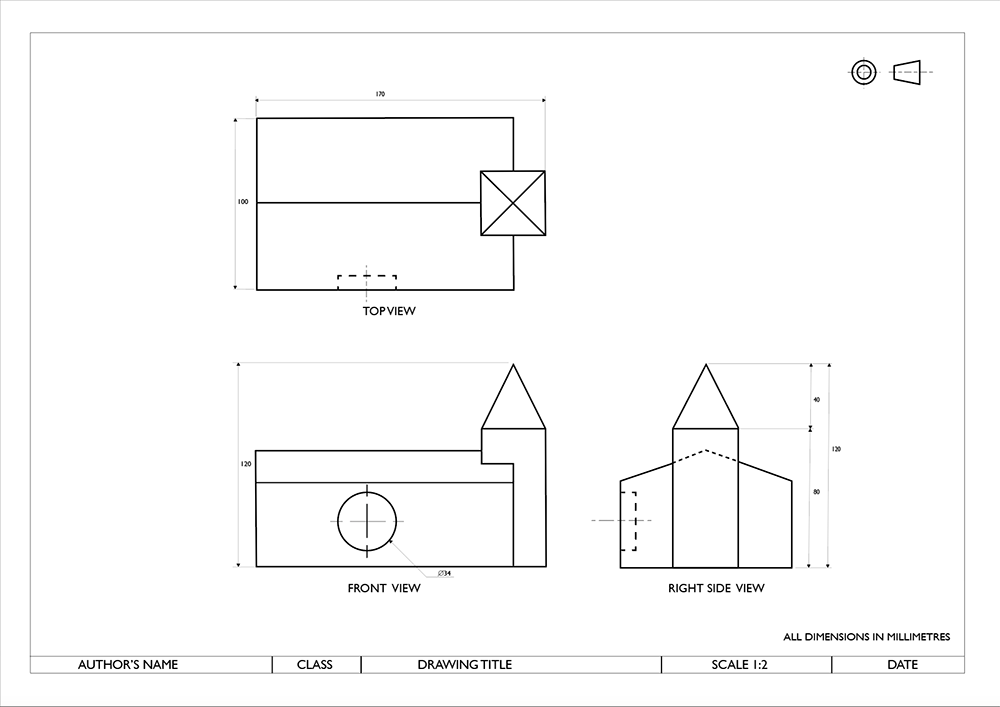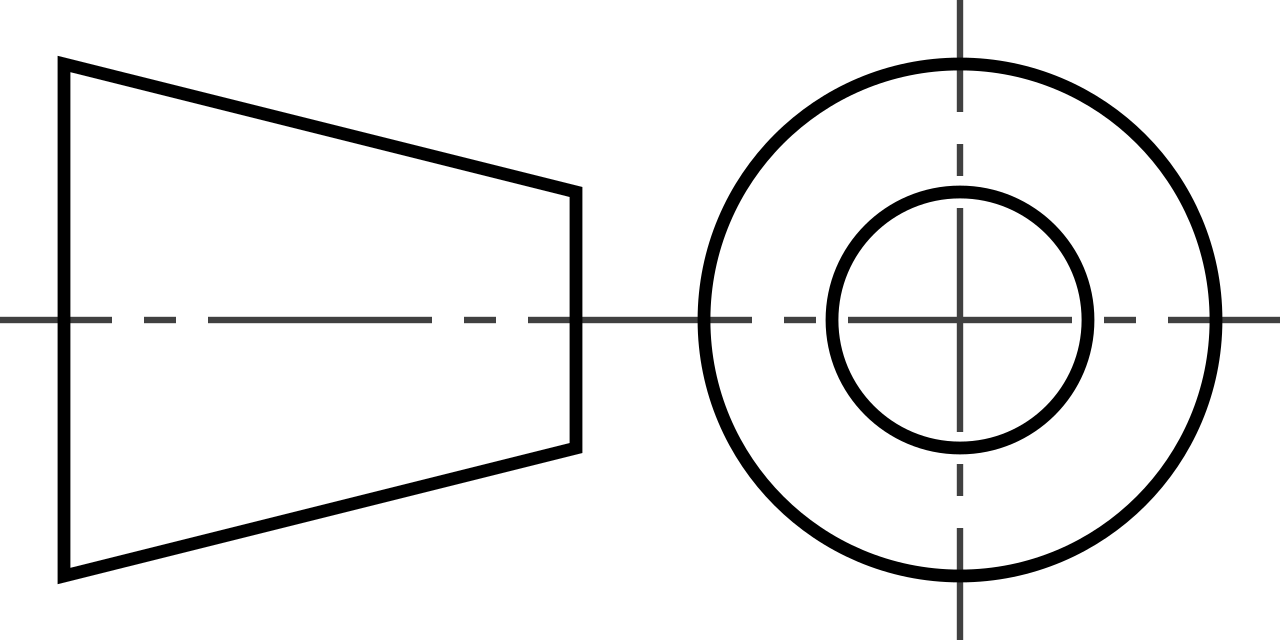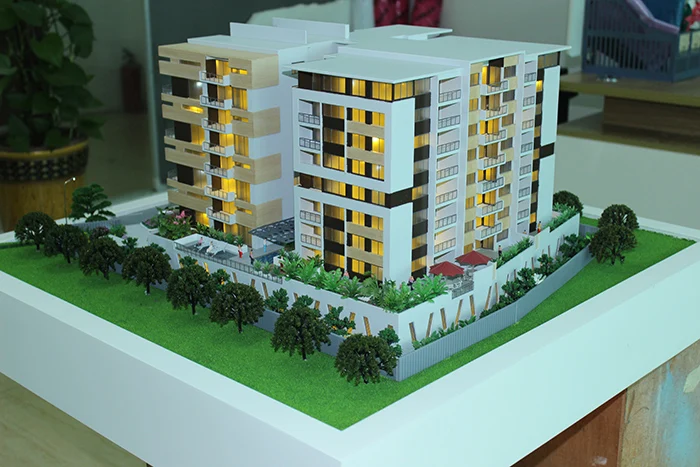2.6
Eco Design
Essential Idea: Eco-design considers the design of a product throughout its life cycle (from cradle to grave) using lifecycle analysis.
Eco design is a more comprehensive approach than green design because it attempts to focus on all three broad environmental categories: materials, energy, pollution and waste. This makes eco design more complex, longer time scale, and difficult due to its holistic approach.
The Major Considerations of the United Nations Environmental Programme Manual on Eco-design of 1996
reduce the creation and use of toxic materials
increase recyclability
reduce energy consumption
increase use of renewable resources
increase product durability – reducing planned obsolescence
reduce material requirements for products and services
Eco Design Philosophies
Cradle to Grave is a design philosophy that considers the environmental effects of a product all the way from manufacture to disposal. It is a key principle of the linear economy where products live a single use before disposal
Cradle to Cradle is a design philosophy that aims to eliminate waste from the production, use and disposal of a product. It centers on product that are to be made again.
Life Cycle Analysis
The assessment of the effect a product has on the environment (LCA) through five stages of its life: pre-production; production; distribution (including packaging); utilization; and disposal.
Designers use LCA to assess and balance environmental impact over a product’s life cycle.
It can highlight areas with opportunities to reduce the environmental impact.
It makes the designer to think about changing product design to reduce the impact such a green or sustainable product designs
LCAs can help avoid a narrow outlook on environmental concerns by also evaluating its impact, aiding in informed decisions, and compiling an inventory of relevant energy and material inputs and environmental releases.
The stages of LCA include:
The Role of the Designer, Manufacturer, and User
Consideration of the environmental impact of any product, service, or system during its life cycle should be instigated at the earliest stage of design and continue through to disposal. Designers should have a firm understanding of their responsibility to reduce the ecological impact on the planet.
Here is a matrix of the levels of development for the designer, manufacturer, and consumer respectively:
Designer Designer will have to plan the products obsolescence and how the object will be used, including its primary functions
Manufacturer The manufacturer has more of an involvement with the production and distribution (including packaging) because they will have more of an involvement with the selection of materials, for example, sustainable materials compared to single use.
User The user is mostly involved with the utilization and disposal of the product, and whether the product ends up being reused or recycled. This also includes purchasing habits and purchasing power.
Environmental Impact Assessment Matrix
Environmental impact assessment matrices generally consist of the entire life cycle analysis and can also be specific to each stage – for example, only going into full depths and analysis of the production stage. The environmental impact assessment matrix breaks down the processes into individual steps and focuses on the output in terms of resources used [these can include anything from water and soil pollution to energy consumption to air contamination].
Characteristics
Organizes the life cycle stages and the environmental considerations into an environmental impact assessment matrix in which elements differ in importance according to the particular design context (prioritization)
Re-designing of product or its manufacture can be altered once identified the areas of highest environmental impact
BUT a team of different specializations will be required to be able to accurately outline the environmental impact
Example of assessment matrix on air pollution specifically:
Example of assessment matrix on entire LCA:
Environmental and Economic Perspective
The impact of production and manufacturing methods and uses on a geographical scale:
Local: noise, smell, air pollution, soil and water pollution
Regional: soil and water over fertilization and pollution, drought, waste disposal, air pollution
Fluvial [found in rivers]: Pollution of rivers, regional waters, and watersheds
Continental: Ozone levels, acidification and winter smog, heavy metals
Global: Climate change, sea level rise, impact on the ozone layer
The impact of internal and external drivers for eco-design from an economic perspective:
Internal
Manager’s sense of responsibility
The need for increased product quality
The need for a better product and company image
The need to reduce costs
The need for innovative power
The need to increase personnel motivation
External
Government
Market demand
Social environment
Competitors
Trade organizations
Supplies


